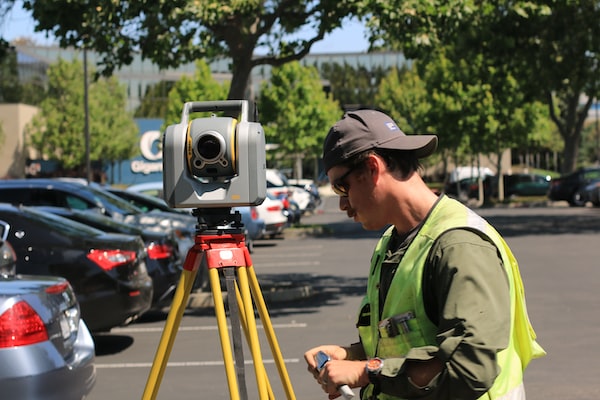Are you looking to get into laser cutting, or curious to learn more about it? Understanding quality control expectations is essential for successful laser cutting projects. In this article, we’ll discuss everything you need to know about laser cutting quality, from establishing best practices to monitoring results. By the end, you’ll have a better understanding of the laser cutting process and what it takes to ensure a successful project.
The Benefits of Quality Laser Cutting
How does Quality Laser Cutting Benefit You?
When it comes to productive manufacturing processes, quality laser cutting is an efficient way to get the job done. Quality laser cutting utilizes an efficient tool with advanced technology, allowing you to cut materials with accuracy and precision. It is an invaluable part of many manufacturing processes, allowing fabricators and manufacturers to produce parts and products with an exact level of detail and measurement that they might not be able to achieve with traditional cutting tools, like saws and drills.
What Qualities Make Quality Laser Cutting?
When it comes to laser cutting, quality is of the utmost importance. Quality laser cutting provides accurate and precise cuts that result in flawless finished products. To ensure quality, there are certain qualities that make up quality laser cutting.
Firstly, it’s important to look at the laser cutter you’re using. High-powered lasers can cut through most materials, so selecting the best laser for the job is important.
How to Achieve Quality in Laser Cutting
Factors that Impact Laser Cutting Quality
Laser cutting produces high-quality cuts that are often used in the production of components and products in a variety of materials. Understanding the factors that impact the overall laser cutting quality can help ensure that you have the best end-product. One of the main factors that impact cut quality is the power of the laser cutter.
The power of the laser is determined by the wattage output and the speed at which it moves along the material to make the cut. The higher the wattage and the faster the speed, the better the cut quality.
What Materials Can Achieve Optimum Quality?
When it comes to achieving the best possible quality in laser cutting, the type of material you’re working with is key. Not all materials are created equally, and different materials require different laser cutter settings in order to achieve an optimal result. Some materials allow for higher cut quality and accuracy than others, so when selecting a material for laser cutting it’s important to know what can and cannot be cut with a laser cutter.
The two main materials that can typically achieve the highest quality cuts with a laser cutter are wood and acrylic.
What Maintenance is Needed in Order to Achieve Quality?
For those who are new to laser cutting, you might be wondering what kind of maintenance is necessary in order to achieve top-notch cut quality. The answer is simple: regular maintenance. Keeping your laser cutter in peak operating condition is the only way to guarantee that you have the best quality cuts possible.
In this article, we’ll take a look at what kind of maintenance is necessary in order to achieve optimal cut quality! First, it’s important to check the laser cutting head on a regular basis.

What should I look for in a laser cutter?
When choosing a laser cutter, there are several key considerations when assessing the machine’s quality. Your primary concern should be the capacity of the machine. This is determined by the laser’s power output or wattage, as well as the type of material it can cut.
It’s important to make sure the laser cutter you select can accommodate your needs. Next, you’ll want to consider the speed at which the machine can cut.

Conclusion
Summary of Key Points
The key points to remember when it comes to laser cutting quality is that you have the ability to make sure the process is successful. This means checking the laser cutting machine itself, inspecting the materials you are cutting, checking the laser cutter settings, and double-checking the cut quality. Overall, you have to consider the different components that affect the quality of your laser cutting.
This includes the type of laser type, material, and settings you are currently using.
Tips to Ensure Quality Laser Cutting
To ensure quality laser cutting, there are a few tips that you should keep in mind. First, make sure you have the right laser cutter for the job you need. Poor quality laser cutters can leave behind ugly, jagged edges and streaks of char from burn marks.
Secondly, always make sure your lasercutter has been properly calibrated. Calibrations need to be consistently checked and adjusted if necessary, so it is important to make this part of your regular maintenance schedule.

